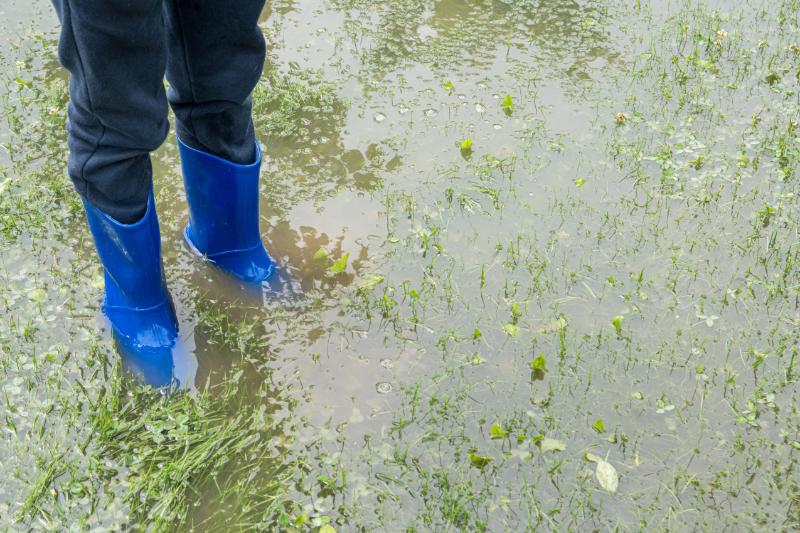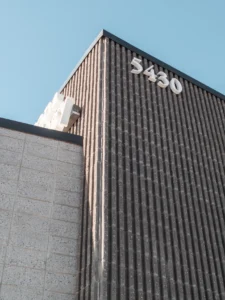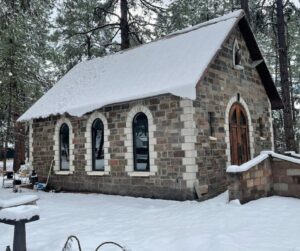Backyard flooding can be a frustrating and damaging issue for homeowners. It not only affects how your property looks, but can also lead to soil erosion, damage to structures, and even water infiltration into your home. Proper drainage solutions are crucial to combat this problem, and one effective solution is using concrete retaining wall blocks and landscaping pavers. In this blog post, we’ll explore how to prevent backyard flooding as well as how to fix yard flooding.
Common Causes of Backyard Flooding
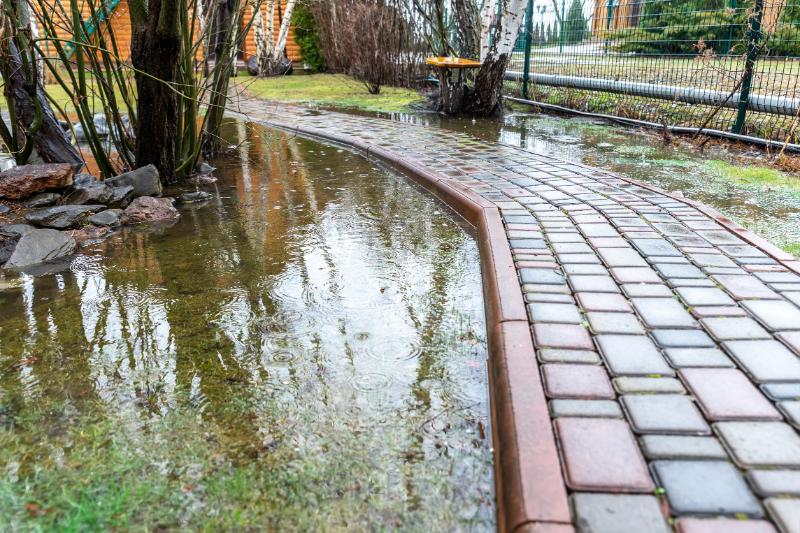
Backyard flooding can occur due to various factors and is often exacerbated by natural conditions and human activities. Understanding these common causes can help you take proactive measures to prevent flooding and protect your property:
1. Poor Soil Drainage
Soil that doesn’t drain well can lead to water pooling on the surface, especially during heavy rainfall. This can saturate the ground, increase runoff, and contribute to flooding.
2. Compacted Soil
This is often caused by heavy foot traffic or machinery and reduces the soil’s ability to absorb water. Compacted soil can act like concrete, preventing water from infiltrating and leading to runoff and flooding.
3. Improper Grading
The slope or grading of your yard should be designed to direct water away from your home and towards appropriate drainage areas. Improper grading can result in water pooling near your foundation or low-lying areas, increasing the risk of flooding. Improper grading is one of the signs you might need to add a retaining wall to your property.
4. Heavy Rainfall or Snowmelt
Sudden, heavy rainfall or rapid snowmelt can overwhelm drainage systems and natural waterways, causing flooding. In areas with inadequate drainage infrastructure, this can be a significant concern. It’s especially a concern with Flagstaff landscaping since we see an average annual snowfall of over 100 inches!
5. Blocked or Inadequate Drainage Systems
Clogged or undersized gutters, downspouts, and drainage pipes can hinder the flow of water away from your property, leading to water accumulation and potential flooding.
6. Lack of Vegetation
Healthy vegetation, such as grass, plants, and trees, can help absorb water and reduce runoff. A lack of vegetation or poorly maintained landscaping can contribute to soil erosion and flooding.
7. Urbanization and Impervious Surfaces
The expansion of urban areas and the increase in impervious surfaces, such as concrete and asphalt, reduce the amount of land available for water absorption. This can lead to increased runoff and flooding.
8. Natural Water Features
Proximity to natural water features, such as rivers, streams, or ponds, can increase the risk of flooding, especially during periods of high water levels or when these features overflow their banks.
How to Revamp Your Yard After it is Flooded
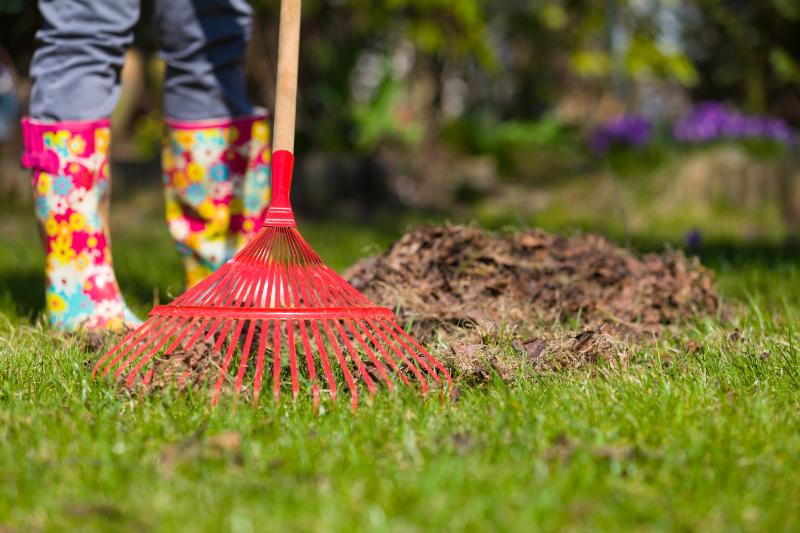
Experiencing flooding in your yard can be stressful, but with the right approach, you can revitalize your outdoor space and prevent future issues. Here’s a step-by-step guide to cleaning up and revamping your yard after a flood:
1. Assess and Clear
Begin by evaluating the extent of the flood damage. Remove any debris, including fallen branches, mud, and silt. Check for damage to structures like fences, retaining walls, or outdoor furniture.
2. Address Soil Erosion
Soil erosion is common after flooding. To prevent further erosion, consider installing erosion control measures such as concrete retaining walls. These structures can help stabilize the soil and prevent it from washing away.
3. Replant and Mulch
Once the soil is stabilized, replant vegetation where plants have been washed away or damaged. Choose flood-resistant plants that can withstand occasional inundation. Adding mulch around plants can help retain moisture, control erosion, and improve soil health.
4. Consider Drainage Solutions
To manage excess water and prevent future flooding, consider installing a drainage system such as French drains. These systems can help redirect water away from your property and reduce the risk of standing water. Certain types of landscaping pavers can assist with water management.
5. Monitor and Maintain
After revamping your yard, it’s essential to monitor it regularly for signs of erosion or damage. Maintain your yard by watering plants appropriately, fertilizing as needed, and pruning to promote healthy growth. Regular maintenance can help prevent future flooding and keep your yard looking its best.
How Concrete Retaining Wall Blocks Help Prevent Flooding
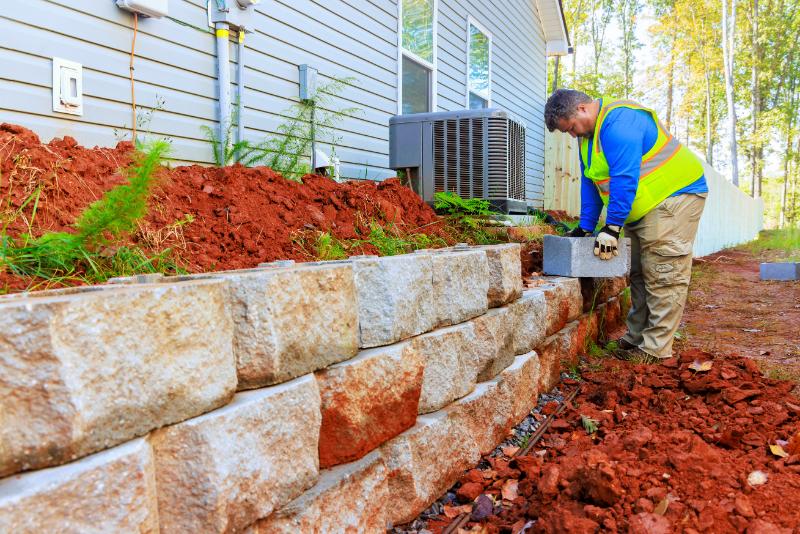
Landscaping wall blocks are an excellent solution for managing water runoff and preventing soil erosion. Retaining walls give you the ability to stabilize sloping terrain as well as define and maximize usable space. They also create a barrier that holds back soil and prevents it from washing away during heavy rain or snowmelt. Block-Lite offers a range of concrete retaining wall blocks for residential or commercial projects.
How Landscaping Pavers Help Prevent Flooding
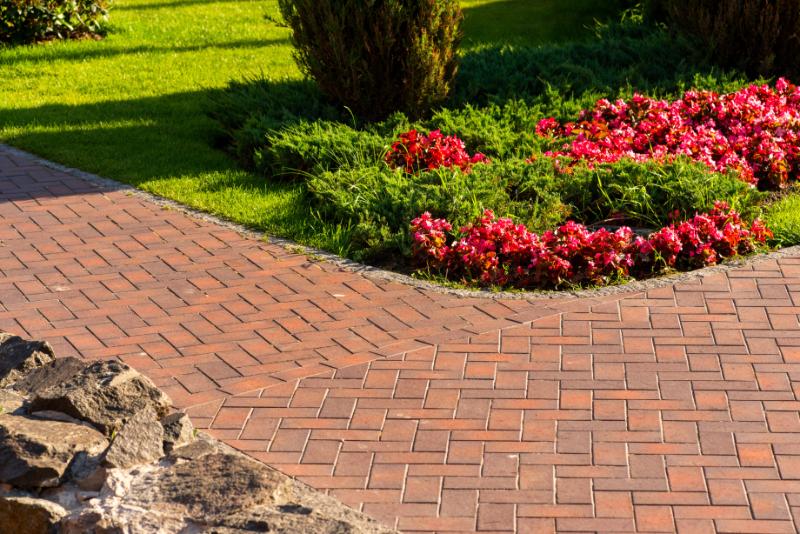
Landscaping pavers can also play a significant role in preventing flooding by allowing for efficient water runoff and absorption. Discover how the selection of landscaping pavers from Block-Lite can aid in water management for your backyard.
Browse Options at Block-Lite
Whether you are revamping your yard following a flood or want to prevent future flooding, Block-Lite has you covered with a wide selection of landscaping wall blocks and pavers designed to stabilize sloping terrain and assist with water management. Shop our selection of quality masonry and hardscape products to support your landscaping needs in Flagstaff and beyond.

